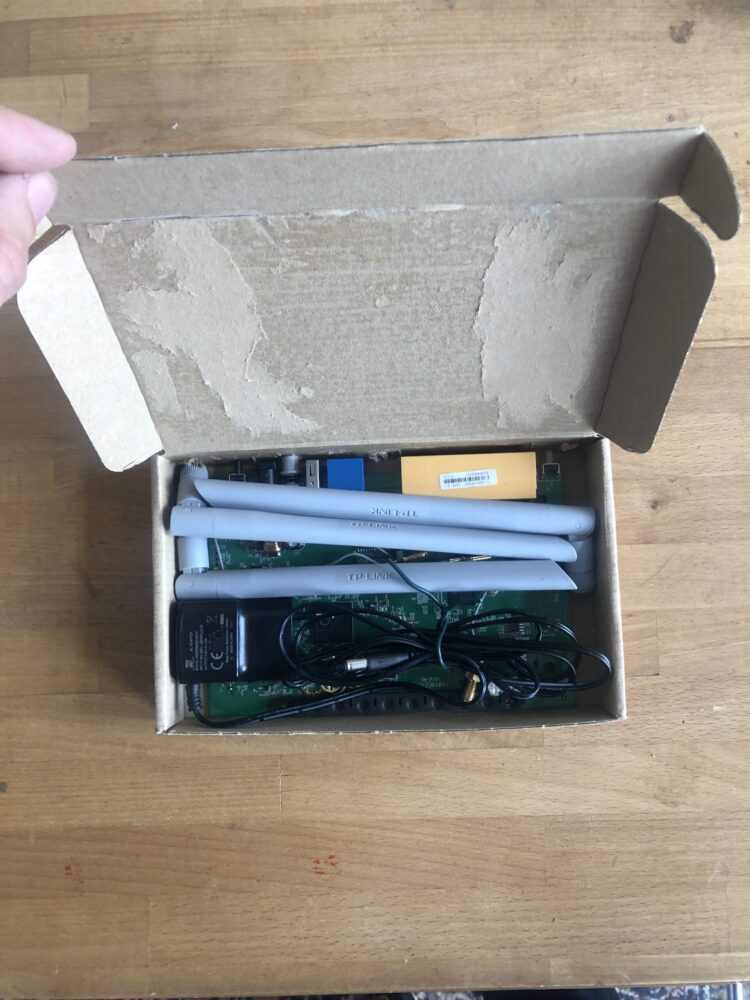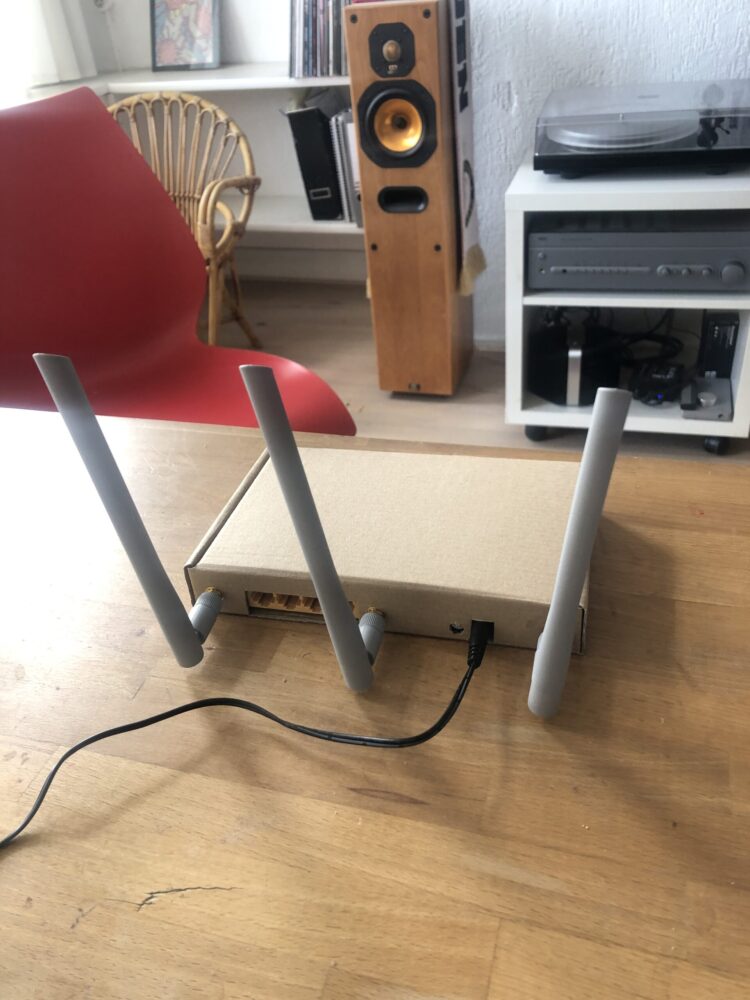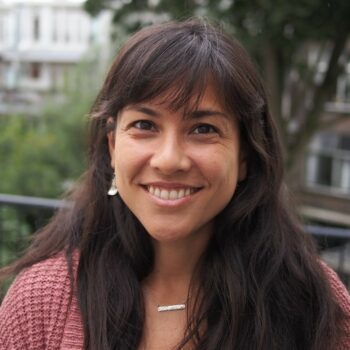(Almost) Graduating in one day; how to kick-start your graduation project
by van Alfen, Casper
January 28, 2022
Editor's notes by Alma van Oudheusden

Starting your graduation project (or any project) can be fuzzy. A lot of things might be new to you: the concept of a graduation project, the people, or even the topic you are researching. Ideally, you want to somehow upload the new information to your brain as quickly as possible, so you can jump right into the project. Unfortunately, the human race is not (yet) advanced enough, so you need to find other ways to kick-start your project. Let me tell you about how I did it.
In October, I started the final stage of my studying career – the graduation project. As I’ve always been into packaging design and sustainability, I went looking for something in this direction. I found a great graduation project at KPN, where I got to design a reusable packaging solution for their business market. I was welcomed at both KPN and the Circular Design Lab with open arms. But then… Where to start?
The 1-10-100 method
In one of the first meetings I had with my graduation chair Conny Bakker, the ‘1-10-100’ method came up. This is a “pressure cooker” approach where you run through your graduation project in 1 day, 10 days and 100 days (the latter of which results in the completed project).
I decided to try it. I’ve always had good experience with pressure cooker sessions because it forces you to be productive and decisive, while partially being unplugged from certainty, feasibility or prejudice. I think this creates a great environment for creativity and innovation. (Editor’s note: the 1-10-100 approach also allows you to focus on the process, rather than the results, which provides the opportunity to try out new methods quickly, without being stuck with it if the method doesn’t suit you. You could actually do multiple one-day sessions to compare methods or approaches)
Graduating in one day


I decided to attempt the 1-day graduation project the day before the so-called ‘project kick-off’ with the supervisory team (TU & KPN). I booked a room with big whiteboards on all the walls (super important!), got a few good markers and paper to sketch on. Here I made a rough structure of how a design process looks like: start with framing the problem, write down the design challenge, go through some research, ideation, conceptualization, and top it off with a prototype. I set a timer for every part (approximately 1 hour) and took off.
When working under natural pressure like this, you get into a certain flow where you let go of uncertainties and just write everything down as you interpret it in that moment. By the end of the day, the whiteboards were full of my project design process – major uncertainties and all. Even managed to make a working prototype!
The next day, the supervisory team came into a room that looked like it belonged to a crazy detective that was on the verge of solving a murder. Together we could literally walk through the design process as it was written on the walls, instead of inside a slideshow. Because my reasoning and perspective were all displayed, we created a full understanding between each other and the project context within an hour. The ability to walk through a room, point things out and spontaneously drop ideas, created a great energetic atmosphere that in turn gave momentum to the project. There it was; the kick-start I was looking for.
An example of what good momentum can do: I had quite a list of stakeholders I wanted to visit. Normally this would have taken (at least) one month to arrange as I had to set-up new lines of communication. But because my manager at KPN now understood exactly which stakeholder I needed, he arranged everything for me within a week. Some serious kick-starting! (Editor’s note: this is also great because instead of finding out halfway that you need someone and then rushing to get an appointment in time, in one day you can identify which stakeholders you need and when).
Now, two months later, my project still benefits from the momentum that was created at the project kick-off. Actually, it’s still running at the same pace!
10-day graduation
It’s not called the ‘1-10-100’ method for nothing of course. The second part, the 10-day graduation, is a good way to kick-start the ‘product development’ phase of your project, generally right after your midterm. In this moment you have the problem and context clearly defined, maybe already some serious product ideas. I used the 10 days to develop a fully working prototype with a pilot plan, in collaboration with the 5 most important stakeholders in my project. But more about that in the sequel of this article (maybe 😉).


About the author
Casper van Alfen, Graduation Student
Supervisory Team
Conny Bakker
Maurits Willemen
About the Editor
Alma van Oudheudsen, PhD candidate
Is another 1-10-100 graduation approach enthusiast and used the process when working on her graduation project. She is now a PhD candidate in the Circular Product Design research group at the Faculty of Industrial Design Engineering.
Alma’s research page: https://www.tudelft.nl/io/over-io/personen/oudheusden-aa-van
